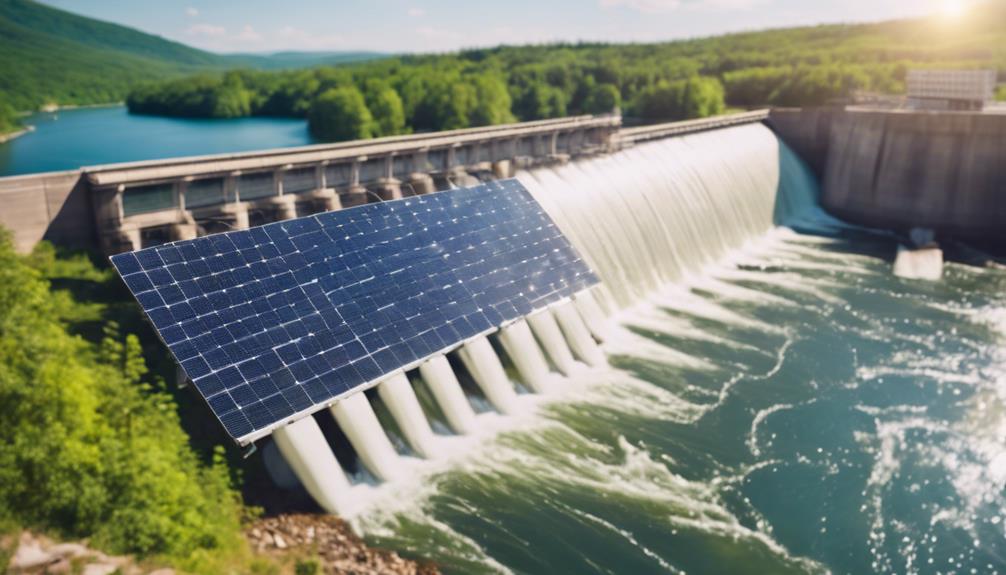When deciding between solar energy and hydroelectric power, consider efficiency and environmental impact. Solar power efficiently converts sunlight to electricity with minimal emissions. Hydropower can reach up to 90% effectiveness but may face challenges during dam construction. Solar energy is widespread and fuel-cost free, while hydropower needs specific locations with strong water resources. Both offer renewable energy choices with varying advantages and considerations for consumers seeking sustainable options. Explore further to uncover detailed insights on these key renewable energy sources.
Key Takeaways
- Solar energy harnesses sunlight via photovoltaic cells, while hydropower uses flowing water to generate electricity.
- Solar power offers minimal environmental impact and is accessible everywhere, unlike hydropower dependent on specific locations.
- Solar panels have lower initial costs compared to hydropower plants.
- Hydropower can reach up to 90% efficiency, while solar panels are efficient in converting sunlight into electricity.
- Solar energy is on the rise globally due to decreasing costs, technological advancements, and supportive policies.
Overview of Energy Sources
Solar energy and hydropower are two key renewable energy sources that provide sustainable alternatives for electricity generation. Solar energy harnesses sunlight through photovoltaic cells, converting it into electricity. This method is highly accessible and can be implemented in a variety of locations, making it a versatile option for renewable energy.
On the other hand, hydropower relies on the force of flowing water to spin turbines and generate power. It's the most widely used renewable energy globally due to its efficiency and reliability.
Both solar and hydropower offer environmentally friendly ways of producing electricity, reducing the reliance on fossil fuels and minimizing carbon emissions. Solar energy has a lower environmental impact during operation compared to hydropower, as it doesn't require large dams that can disrupt ecosystems and alter water flow.
However, both sources play an essential role in moving towards a more sustainable energy future.
Understanding Solar Power
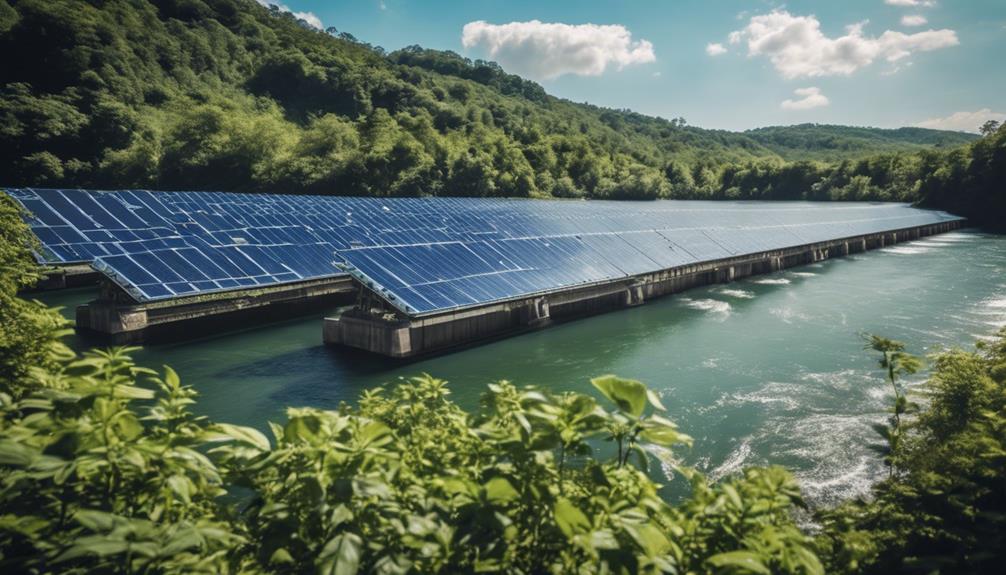
You'll learn how solar energy works by converting sunlight into electricity using photovoltaic cells made of silicon.
Solar power can be harnessed through rooftop panels or on a larger scale in solar farms.
Understanding the benefits of solar power will shed light on its environmentally friendly features.
Solar Power Function
Through the use of photovoltaic cells, sunlight is efficiently converted into electricity in the process known as solar power operation.
Here's how it works:
- Silicon Cells:
Photovoltaic cells, typically made of silicon, absorb sunlight and generate direct current (DC) electricity.
- Inverter Conversion:
Inverters are essential as they transform the DC electricity produced by solar panels into alternating current (AC) electricity, which is what homes and businesses use.
- Energy Storage:
Solar panels produce electricity when exposed to sunlight, allowing for energy production during daylight hours. Excess energy can be stored in batteries for use at night, ensuring a continuous power supply.
Understanding the solar power operation reveals the efficiency of solar energy production and its contribution to reducing carbon emissions.
Solar Energy Benefits
Understanding the benefits of solar energy involves recognizing its renewable nature, sustainability, and environmentally friendly operation. Solar energy is a key player in the domain of renewable energy sources, offering clean power generation with a minimal carbon footprint. By incorporating solar power into the energy mix, individuals and communities can reduce their reliance on non-renewable resources and contribute to a greener future. Below is a comparison table highlighting some key benefits of solar energy:
| Solar Energy Benefits | Description |
|---|---|
| Renewable Energy Sources | Derived from sunlight, a never-ending resource. |
| Clean Energy | Produces electricity without greenhouse gas emissions. |
| Power Generation | Converts sunlight into usable electricity efficiently. |
Embracing solar power not only leads to cost savings in the long run but also fosters energy independence and a healthier planet for future generations.
Exploring Hydropower Generation
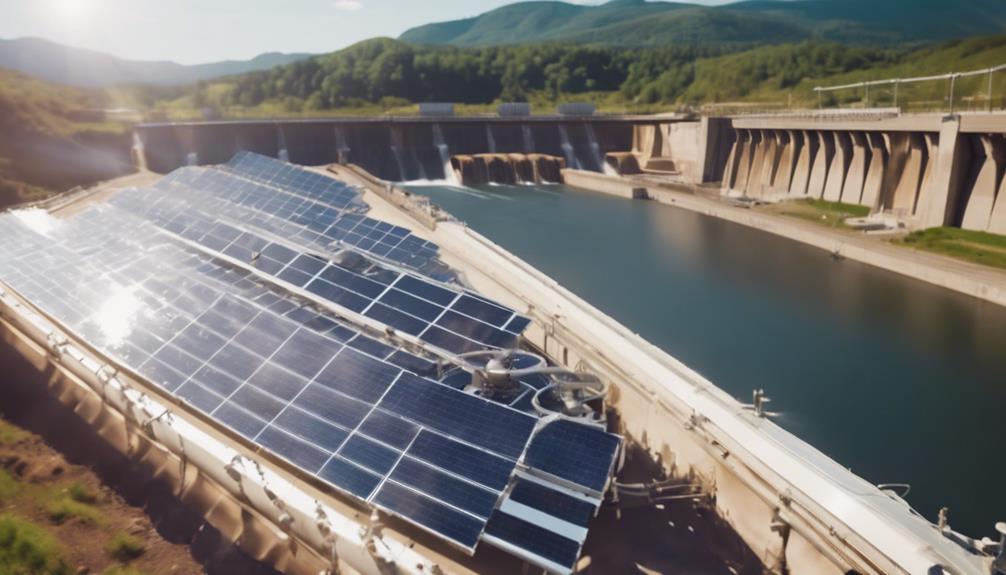
When exploring hydropower generation, one can observe how moving water is utilized to turn turbines connected to generators for electricity production.
Hydropower, also known as hydro energy or hydro power, harnesses the force of flowing water to generate sustainable energy. Here are three key points to bear in mind about hydropower generation:
- Historical Significance: The first hydropower plant dates back to 1882 in Wisconsin, marking the beginning of large-scale hydropower generation that has been a cornerstone of renewable energy for centuries.
- Dam Construction: Hydropower primarily relies on the construction of dams to create reservoirs and control water flow, ensuring a steady supply of energy for homes, businesses, and industries.
- Location Strategy: Hydropower plants are strategically situated near powerful rivers or bodies of water to maximize their energy generation potential, utilizing the natural force of water to turn turbines and convert it into electricity efficiently.
Environmental Impact Considerations
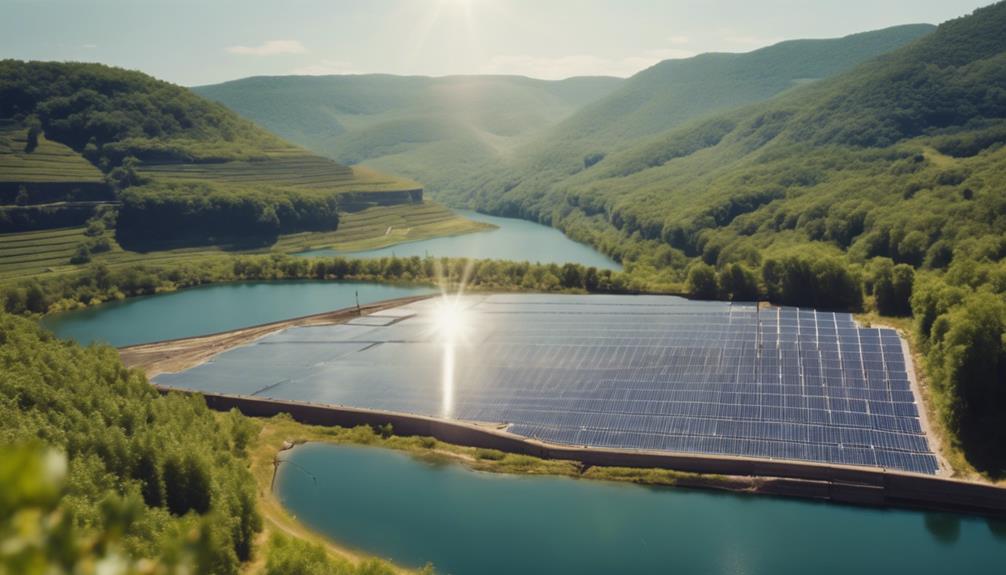
Considering the environmental impact of both solar energy and hydropower is important for evaluating their sustainability and long-term effects on ecosystems.
Hydropower, while a renewable energy source, can disrupt river ecosystems and fish habitats during dam construction, impacting local wildlife and biodiversity. Alterations to river courses and habitats can also affect the natural flow of water, further impacting biodiversity.
On the other hand, solar energy has minimal environmental impact during operation, making it a cleaner energy source overall. However, the consideration of land use is vital for solar panel installations to minimize ecological disturbances and maintain wildlife conservation.
To mitigate the environmental impact of both solar energy and hydropower, sustainable practices are necessary. Implementing sustainable practices can help minimize disruptions to river ecosystems, reduce habitat destruction, and promote wildlife conservation. By adhering to sustainable practices, both solar and hydropower can work towards reducing their overall environmental footprint and contribute to a more eco-friendly energy landscape.
Efficiency and Cost Analysis
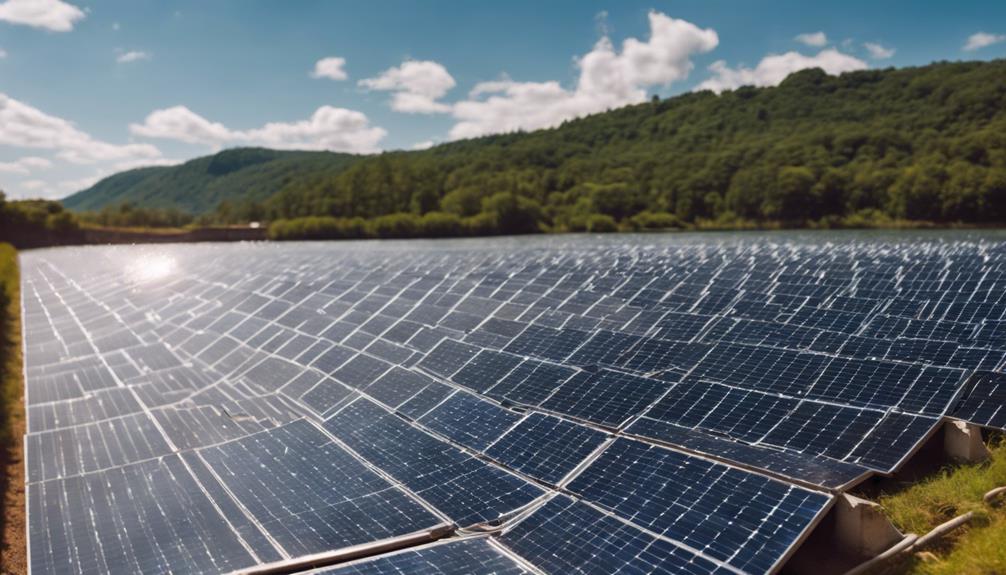
Hydropower plants can achieve up to 90% efficiency in converting water energy to electricity, surpassing the efficiency levels of solar panels.
When pondering the cost analysis between solar panels and hydropower plants, it's crucial to weigh the following factors:
- Efficiency: Hydropower plants boast high efficiency rates, making them a dependable source of renewable energy.
- Initial Cost: While hydropower plants require significant initial investments due to construction needs, solar panels have lower installation costs.
- Renewable Energy: Both solar panels and hydropower plants offer sustainable energy solutions, contributing to the long-term goal of environmentally friendly power generation.
Considering the efficiency and cost analysis, although hydropower plants are more efficient, the decreasing prices of solar panels have made them a cost-effective alternative. Ultimately, both solar energy and hydropower play significant roles in the shift towards sustainable energy production.
Maintenance and Sustainability Factors
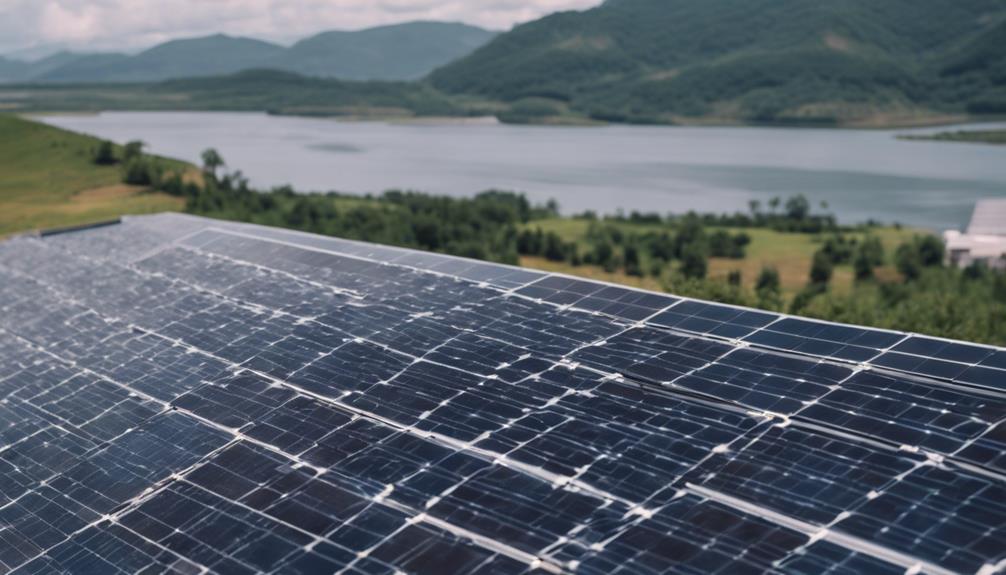
When comparing solar energy to hydroelectric power, it's important to take into account maintenance requirements and sustainability factors.
Solar panels demand minimal upkeep due to their lack of moving parts, leading to lower costs and time investment.
On the other hand, hydropower plants need regular maintenance for turbines and dam infrastructure, potentially impacting operational expenses.
Maintenance Considerations
Maintaining solar energy systems involves minimal effort, primarily requiring occasional panel cleaning to guarantee peak performance.
On the other hand, hydropower plants demand regular maintenance of turbines, generators, and dam structures to maintain uninterrupted operation.
Here's how maintenance considerations differ between solar and hydro systems:
- Solar Energy:
- Efficiency: Regular cleaning of solar panels ensures maximal energy output.
- Lifespan: Proper maintenance of panels and inverters can prolong their lifespan.
- Sustainability: Proactive maintenance practices help uphold long-term efficiency.
Sustainability Practices
Sustainability practices play a pivotal role in ensuring the long-term efficiency and environmental impact of both solar energy systems and hydropower plants.
Solar energy systems require minimal upkeep, focusing on regular panel cleaning and occasional inspections for best performance. In contrast, hydropower plants need periodic maintenance of turbines, generators, and dam infrastructure to ensure effective energy production.
In the domain of sustainability practices, solar energy emphasizes recycling old panels, using eco-friendly cleaning solutions, and fine-tuning system design for maximum energy output.
On the other hand, hydropower plants prioritize sustainable water management, implement fish passage systems, and conduct environmental monitoring to minimize ecological impacts.
Both solar and hydropower systems underscore the significance of efficient resource utilization, proper waste management, and compliance with environmental regulations to sustainably meet energy demands while mitigating adverse ecological effects.
Comparative Analysis of Solar and Hydro
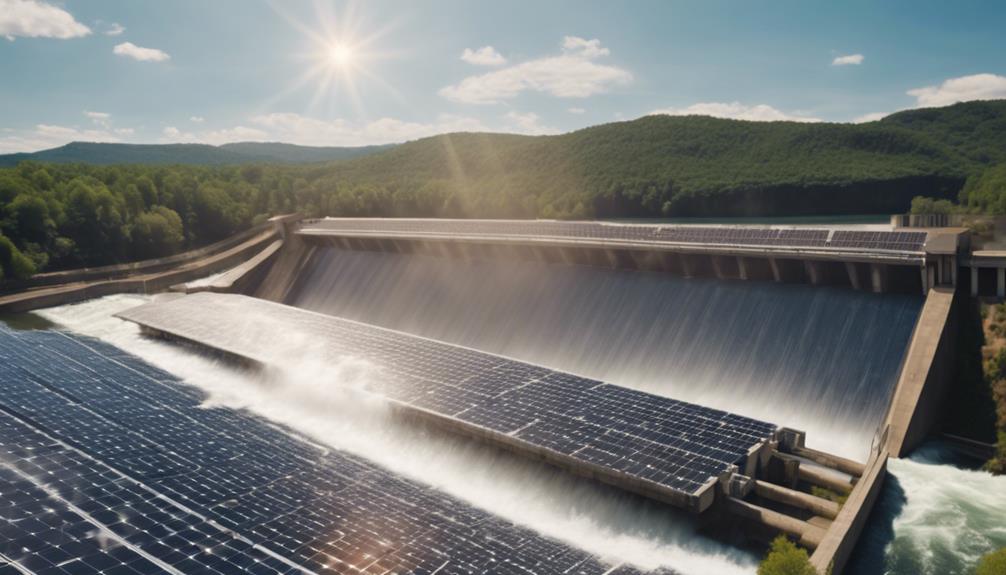
Comparing solar energy and hydroelectric power reveals distinct advantages and factors to analyze for each renewable energy source. When evaluating solar and hydro, it's crucial to examine their efficiency, carbon emissions, and overall impact on the energy landscape.
Efficiency: Solar panels effectively convert sunlight into electricity, while hydropower turbines can achieve up to 90% effectiveness. This highlights the efficacy of both sources in harnessing renewable power.
Carbon Emissions: Solar energy boasts minimal emissions and environmental impact during operation, aligning with the goal of reducing carbon footprints. On the other hand, hydropower, despite being clean in operation, may face challenges related to ecosystem disruption during dam construction.
Energy Source: Solar power is abundant and accessible everywhere without fuel costs, offering a decentralized energy solution. In contrast, hydropower depends on specific locations with strong rivers or dams, which can limit its widespread implementation.
Future Trends in Renewable Energy
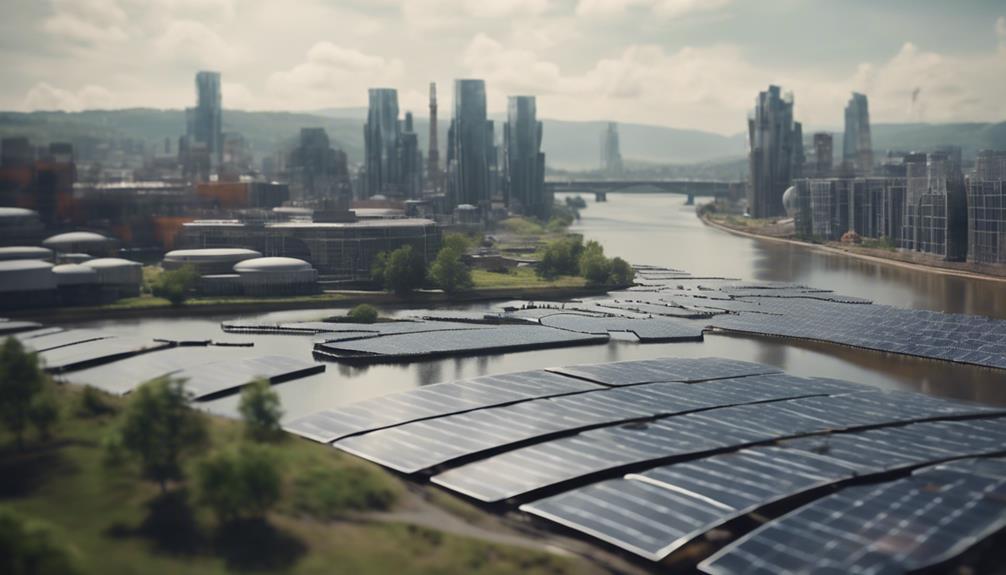
As the renewable energy landscape continues to evolve, future trends indicate a significant shift towards increased adoption and innovation in solar and hydropower technologies. Solar power installations are projected to surge globally due to technological advancements and decreasing costs of solar panels. This growth is further propelled by supportive policies and a rising awareness of climate change, driving the rapid adoption of solar energy as a clean and renewable power source.
Similarly, hydropower will remain essential for providing stable baseline electricity, particularly in developing regions with access to flowing water sources. Both solar and hydropower sectors are focusing on technological improvements to enhance efficiency and minimize environmental impact.
The future will see a diverse and sustainable energy mix, leveraging the reliability of hydropower and the widespread availability of solar power to meet the increasing energy demands while mitigating environmental concerns.
Reader Feedback and Engagement
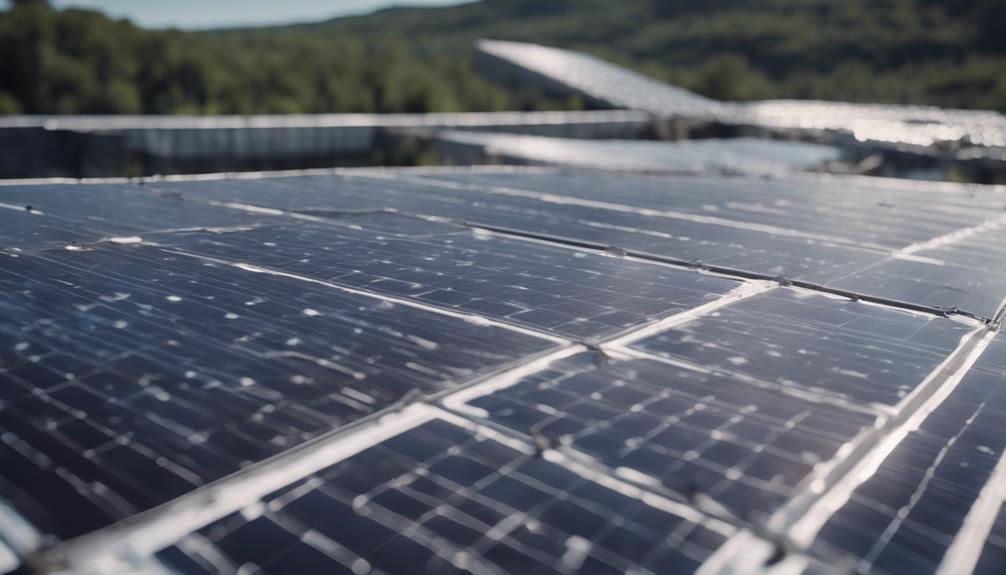
Appreciating your valuable feedback, we explore reader engagement and reactions regarding the comparison of solar energy and hydroelectric power.
Readers valued the detailed insights provided in the comparative guide, showcasing the benefits of both clean energy sources – solar and hydroelectric power.
Many readers expressed a keen interest in further investing in sustainable energy solutions after going through the article, highlighting a growing awareness of the importance of renewable resources.
The engagement from readers reflected a shared enthusiasm for exploring more about clean energy alternatives, indicating a strong push towards a greener future.
The feedback received underscores the significance of educational content in fostering a deeper understanding of sustainable energy practices. Your interactions and responses play a crucial role in shaping discussions around clean energy, encouraging more individuals to contemplate environmentally friendly options for a brighter tomorrow.
Educational Value and Impact
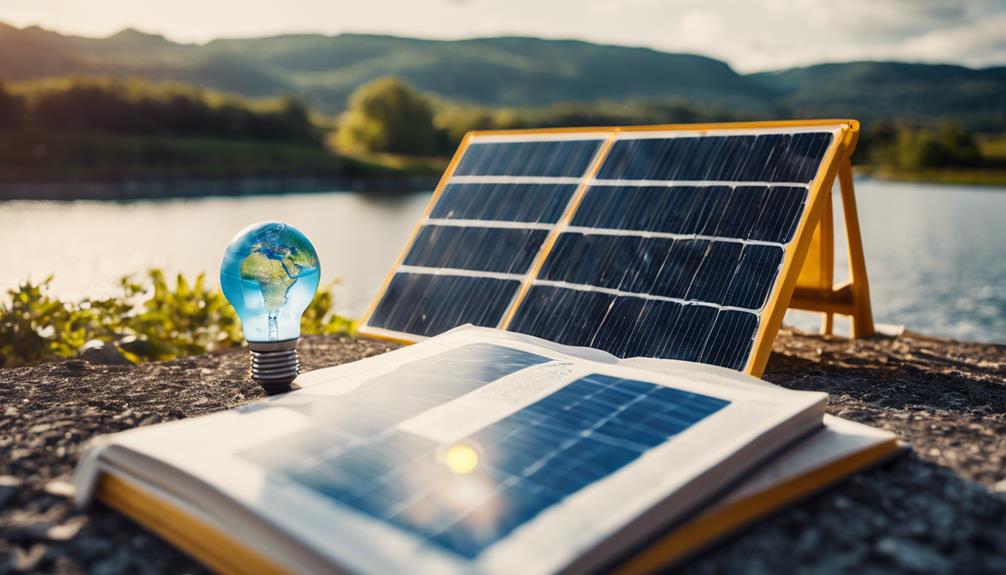
Exploring the educational value and impact of solar energy and hydroelectric power is vital for fostering a deeper understanding of sustainable energy practices.
Learning about renewable energy sources like solar and hydro empowers individuals to make informed choices regarding energy consumption.
Understanding the environmental benefits of solar energy and hydroelectric power encourages a shift towards sustainable practices and renewable energy solutions.
By delving into the impact of solar and hydro energy on ecosystems and energy efficiency, individuals gain insights into the importance of sustainability.
Recognizing the role of corporations in promoting clean energy through solar and hydro technologies highlights the significance of investing in renewable resources.
Increased awareness of clean energy education not only enhances environmental consciousness but also paves the way for a greener future.
Educating oneself on the educational value of solar energy and hydroelectric power is a pivotal step towards building a more sustainable and environmentally conscious society.
Frequently Asked Questions
Is Hydroelectric Power Better Than Solar Power?
When deciding between hydroelectric power and solar power, consider factors like efficiency, availability, reliability, emissions, and costs. Each has its strengths, so choose based on your specific needs and priorities.
What Are 5 Disadvantages of Hydropower?
When considering the drawbacks of hydropower, you may encounter high installation costs, limited capacity in lower water flow areas, negative environmental impacts on aquatic life, dependency on suitable locations, and the need for significant space.
What Are 2 Pros and Cons of Hydroelectric Energy?
You've asked about the pros and cons of hydroelectric energy. On the positive side, it offers long-term savings and a low carbon footprint. However, drawbacks include high installation costs and potential environmental impact on aquatic life.
Why Is Hydropower Preferred Over Solar and Wind?
Hydropower is preferred over solar and wind because of its high efficiency, reliability, and low operating costs. Controlling water flow for energy production makes it a consistent source. Its long lifespan and additional benefits make it a strong choice.
What Are the Key Differences Between Solar Energy and Hydroelectric Power?
Hydroelectric power and solar energy are two renewable energy sources with distinct differences. Hydroelectric power generates electricity from flowing water, while solar energy converts sunlight into power. Additionally, hydroelectric power relies on dams and water reservoirs, while solar energy systems use photovoltaic panels to harness the sun’s energy. Additionally, hydroelectric power requires a constant flow of water to generate electricity, which can be impacted by factors like droughts and changes in water flow. On the other hand, solar energy systems can also utilize passive solar energy, which involves designing buildings to maximize natural sunlight for heating and lighting. This makes passive solar energy a valuable and complementary addition to traditional solar energy systems.
Conclusion
To sum up, when choosing between solar energy and hydroelectric power, consider their unique benefits and drawbacks.
While solar power shines like a bright ray of hope for a sustainable future, hydroelectric power flows steadily like a river of opportunity.
Both sources have their strengths and weaknesses, so choose wisely based on your specific needs and environmental considerations.
The future of renewable energy looks promising, so embrace the power of nature and make a difference today.
